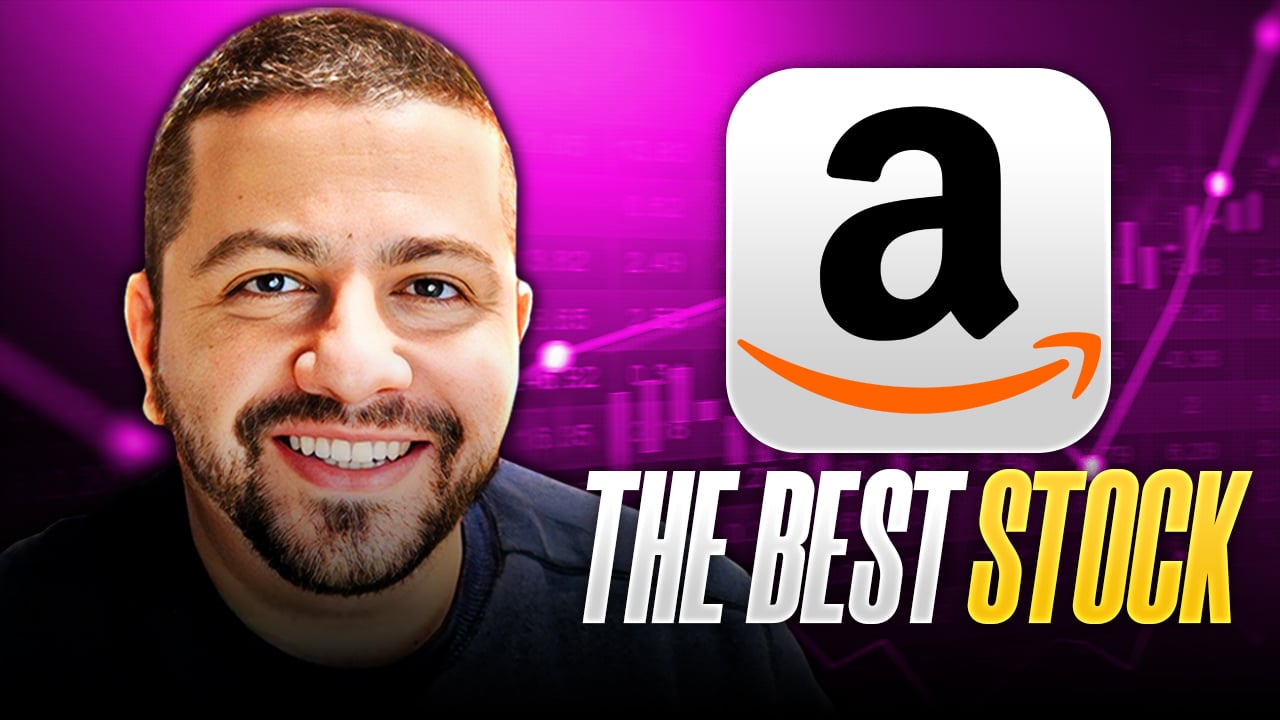Corporations change as do the markets that drive their share prices. So if you plan on passing down stocks to your heirs, it's wise to consider how those companies will perform 10, 20, even 50 years from today. Clearly, this is easier said than done -- but not impossible. Investors can infer which companies have solid long-term prospects based on their current financial condition and market position.
With that in mind, let's look at three stocks I own and plan to pass on to my heirs one day in the (hopefully) distant future.

Image source: Getty Images.
1. Amazon
My first stock is Amazon (AMZN 0.87%). Owning Amazon is a bet on the largest part of the economy: consumer spending. Amazon has already reshaped how much of the world shops by disrupting the centuries-old brick-and-mortar store and offering the alternative of a digital marketplace. The company's Prime membership program boasts over 200 million subscribers worldwide and continues to grow. Its enormous scale and sprawling logistics infrastructure create a massive competitive advantage. Any potential challenger will find it difficult to dislodge this giant anytime soon.

NASDAQ: AMZN
Key Data Points
Meanwhile, its Amazon Web Services segment (AWS) provides storage, analytical, advertising, and machine-learning services. AWS adds a high-growth, high-margin component to a company that is already well established as one of the world's most profitable companies. Its recently proposed 20-for-1 stock split paves the way for its potential inclusion in the Dow Jones Industrial Average, which would also lead to its addition to numerous index-tracking funds.
Amazon's current financial health is unquestioned. The company generated over $469 billion in revenue over the last 12 months, with earnings before interest, taxes, depreciation, and amortization (EBITDA) of $59 billion. Over the next few decades, Amazon's growth may slow, but its transition to a mega-cap cash cow isn't to be doubted. Given its massive size (market cap of $1.5 trillion) and its vast cash hoard ($96 billion as of 2022's first quarter), Amazon's management will have numerous options (acquisitions, share buybacks, dividends) to boost shareholder returns.

Image source: Getty Images.
2. Disney
Next on my list is Disney (DIS +1.67%). Founded by brothers Walt and Roy as an animation studio in 1923, Disney has grown into a worldwide entertainment behemoth over the last 99 years. It operates in two segments:
- Disney Media and Entertainment Distribution.
- Disney Parks, Experiences, and Products.
The former segment includes movie studios, TV networks, and streaming services. The latter encompasses theme parks, resorts, and cruise lines.
I want to own Disney today (and well into the future) because great characters are hard to come by, and Disney already owns many of the best ones. The company's intellectual property includes several touchstones of American popular culture, like Mickey Mouse, Luke Skywalker, and Spider-Man.
The company's biggest challenge today is its streaming service, Disney+. The streaming space is very crowded, and the service is losing money. However, Disney+ has almost 130 million subscribers and expects to turn a profit by 2024.
I'm not concerned with the short-term drag that the "streaming wars" present. Disney generated $73.0 billion in revenue and $22.3 billion in profit over the last twelve months. Analysts expect revenue to grow by 30% this year with double-digit growth expectations continuing into the following year. Moreover, Disney recorded $5.3 billion in operating cash flow in 2021, despite the rising costs associated with competing with Netflix, Amazon, and others to attract creative talent for its visual entertainment.
Disney's formula for entertaining kids and parents alike has been going strong for nearly a century. Analysts report growth estimates of 40% for the next five years. I fully expect its growth to continue for decades to come.

Image source: Getty Images.
3. Visa
Finally, there's Visa (V +5.14%). Visa runs payment technology services that processed 164.7 billion transactions in fiscal year 2021 alone. Consider the sheer number of transactions that represents for a moment. There are just shy of eight billion human beings on planet Earth. That means Visa processed, on average, 20 transactions for every single person alive.
For each of those transactions, Visa charges a fee, leading to more than $25.4 billion of revenue in the last twelve months. Visa's massive network gives it a significant competitive advantage and dissuades any would-be competitors. Despite changes in how consumers shop for products since the rise of the internet, Visa has maintained its place as the way consumers pay for products.
And that's before we consider the shift to a 'cashless society.' In countries like Sweden and China, digital transactions already account for more than 50% of all purchases. However, many other countries, including large economies such as Japan, have been slow to transition away from banknotes. The shift toward digital and away from cash will lead to more business for Visa. Meanwhile, in developing economies, increasing prosperity will lead to greater access to the formal banking system, which in turn will mean more debit and credit cards in circulation.
Wall Street certainly expects Visa to thrive. Of the 39 analysts covering the company, 35 rate it as at least a 'buy' with only four rating it as a 'hold' and none as 'underperform' or 'sell'. Analysts expect earnings-per-share to increase to $8.49 in 2023, up from $6.04 during the last 12 months. They also expect sales growth of 19.2% in 2022 and 13.9% in 2023. Given the existing dominance of its network and its growth prospects, I expect Visa to prosper well into the future.





